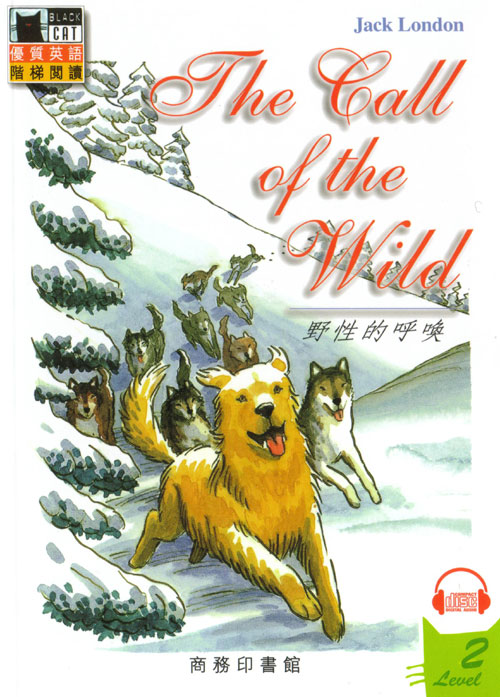

After Harrison Ford's Jack Thornton joins the story proper, he saves Buck from the completely clueless Hal (Dan Stevens) and his sister Mercedes (Karen Gillan), which does happen more or less as it does in the novel. This even happens with activity that the movie doesn't bother to show us. The sympathy we see in the film version of Buck is largely absent in the book, because Buck has already begun to embrace his wolf-like nature.Īs mentioned previously, there's a level of violence in Jack London's novel which is significantly reduced in the film adaptation. Buck kills his rival, and not simply because he has to, Buck also wants to lead the team and he has to kill the current leader to do that.

While Spitz does start to win the fight between the two (which in both versions is preceded by a chase after a rabbit) Buck eventually takes control, but Buck doesn't stop and let Spitz live. In the book, Spitz meets a much more definitive end.

The beaten dog runs off, never to be seen again. When that confrontation comes in the film, Spitz injures Buck pretty severely, but when the other dogs come to Buck's aid, he's able to overcome Spitz and defeat him. In the film version of Call of the Wild, when Buck joins the sled dog team delivering the mail, we see instantly that Spitz, the lead dog, doesn't like Buck, and clearly there is going to be a confrontation. It also means that Buck himself is a much kinder dog in the movie than he is in the book. The film is rated PG and so the amount of blood shown on screen and the abuse that Buck experiences is commensurate with that rating. One of the biggest changes between the book and the movie is the level of violence on display.


 0 kommentar(er)
0 kommentar(er)
